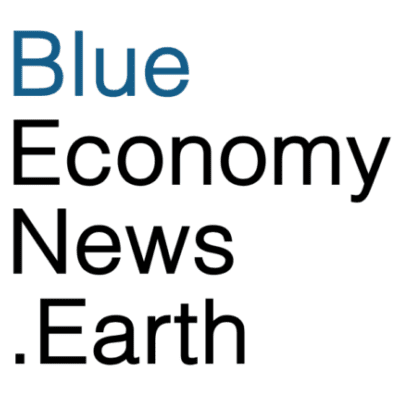The transition to sustainable shipping may depend on consumers being educated and offered the option to contribute, several recent reports indicate.
In December, DHL released the results of a sustainable and green logistics survey that indicated the main obstacle small-to-medium enterprises (SMEs) face in reaching their sustainability goals is getting internal and customer buy-in. Only 23% believe their customers would be “very” or “extremely” willing to pay more for sustainable shipping.
This was particularly prevalent in Germany, where 74% of SMEs felt this. Confidence is notably higher among SMEs in India and China, where 51% and 47%, respectively, believe their customers would be willing to pay more for sustainable shipping.
However, few companies educate their customers about the value of sustainable shipping. Because of campaigns over recent years to reduce the amount of plastic or non-recyclables in packaging, consumers are often supportive of sustainable packaging. But sustainable shipping is at a different stage. The great variety yet paucity of sustainable fuels, the lack of sustainable ports and green corridors, the complexities of reducing emissions through efficiency measures and slower speeds is a lot of information to convey.
Interestingly fashion, an industry that has been widely panned for its environmental sins in recent years, was more confident in the return on investment of sustainable shipping. Nearly 80% of respondents in that industry said they feel offering sustainable delivery options could improve their brand image (“to some/a large/a very large” extent). It is possible that’s because consumers have been made aware of the impact of fashion on the environment.
A 2024 study looked at how much consumers knew about sustainable maritime efforts and how much they were willing to invest. This study was conducted not with shipping customers but those even closer to the process–Northern European region on roll-on/roll-off passenger (RoPax) vessels. Most of the passengers surveyed were concerned about the environment and wanted the fuels to be safe for marine ecosystems. But, researchers said “there seems to be a lack of knowledge about fuels and fuel technologies.”
“Close to 80% of passengers are willing to increase their spending if the vessel is powered by a low-carbon, alternative fuel,” the study said. “As the results indicate that the more passengers know about alternative fuels and their benefits, the more willing they are to pay for them, it is recommended that RoPax operators invest in educating them.”
Shippers could borrow a page from the Sustainable Aviation movement and ask customers whether they would be willing to pay an extra small percentage if the item was moved using sustainable fuels–so long as they avoid greenwashing. If the shipper doesn’t have enough takers to fuel a trip, they might participate in a collective purchase or book-and-claim system. Or repeat consumers could join together for a yearly subscription that could pay for sustainable shipping.
Having a tool like 2030Calculator for consumers to dial up or down the emissions would be a great marketing tool–for some markets. (Admittedly, once customers saw the emissions they were responsible for, they also might decide to buy a product someplace where ignorance is bliss.)
Then there’s the issue of speed. Most consumers have become accustomed to lighting-fast deliveries; they’ve also never been told how much greater the emissions are for such deliveries, or that ships that travel fast are much likelier to kill whales. Some 20,000 whales are killed every year through ship strikes; a number that could be greatly reduced if ships traveled more slowly. Were consumers informed that being willing to wait a little longer for delivery could potentially save a whale, they may very well be willing to do so.
When the public becomes aware of an environmental problem, and is given an opportunity to make a difference, they often act in ways that can transform industries.

